An induction tawa for roti is a specialized cookware designed for making rotis, also known as Indian flatbreads, on induction cooktops. Induction tawas are designed to function competently with induction technology that directly heats cookware using electromagnetic fields.
Table of Contents
Key Features Of Induction Tawa For Roti:
Here are some of the prominent features of an induction tawa for roti:
Induction-Compatible Material: Typically, an induction tawa for roti is constructed from induction-compatible materials. Common induction cooking materials consist of stainless steel, aluminium, or an amalgam of materials with the necessary magnetic properties.
Flat and Wide Surface: An induction tawa for roti has a flat and wide cooking surface, allowing you to roll out and cook rotis easily. The size may vary, but a larger surface area provides ample space for rolling and cooking multiple rotis simultaneously.
Even Heat Distribution: Induction tawas are designed to distribute heat evenly across the cooking surface, ensuring that the rotis cook uniformly without hot spots. This helps in achieving even browning and cooking of the rotis.
Induction-Specific Design: Induction tawas often have a specific design that includes a flat bottom with a magnetic base to ensure efficient heat transfer from the induction cooktop to the tawa.
Heat Resistance: Induction tawas are designed to withstand the high heat generated by induction cooktops. They are constructed with materials that can handle the intense heat without warping or losing their shape.
Non-Stick Coating: Many induction tawas for roti come with a non-stick coating, making it easier to roll and flip the rotis without them sticking to the surface. The non-stick coating also reduces the need for excessive oil or ghee during the cooking process.
Benefits Of Induction Tawa For Roti:
- Induction cooktops utilise magnetic fields to directly heat cookware, which makes induction tawa for roti extremely efficient. They heat up rapidly and distribute heat uniformly across the cooking surface, enabling quicker and more precise cooking.
- Induction tawas transfer heat directly to cookware, thereby minimising heat loss and optimising energy efficiency. They heat quicker than conventional gas or electric ranges and consume less energy overall.
- Induction cooktops offer precise temperature control, and induction tawa for roti takes advantage of this feature to the fullest extent. You can precisely control the heat levels, allowing you to cook at specific temperatures and avoid overcooking or undercooking food.
- As heat is generated directly in the cookware, induction tawa for roti has a cool-to-the-touch surface for safety. This decreases the likelihood of accidental burns while preparing. Moreover, induction cooktops are equipped with safety features such as automatic shut off when no cookware is detected or when the cookware is removed from the cooking surface.
- Induction tawas are typically manufactured from easy-to-clean materials such as stainless steel or non-stick coatings. The culinary surface's smoothness prevents food from adhering, making it easier to remove residue. In addition, the absence of open flames or exposed heating elements decreases the likelihood that food particles will become charred and adhere to the surface.
- Induction tawa for roti is compliant with an assortment of cookware materials such as cast iron, stainless steel, and aluminium, provided that these materials are induction-compatible. This allows the use of a variety of cookware types for various culinary techniques and recipes.
- Induction tawa for roti offers precise and consistent heat control, which is especially advantageous for delicate dishes or recipes requiring specific temperature ranges. It enables precise searing, frying, sautéing, and simmering, resulting in delicious dishes.
- Once the induction cooktop is turned off, the heat rapidly dissipates, allowing the tawa to cool down faster than on conventional cooktops. This feature can prevent overcooking and reduce the risk of inadvertent burns when handling the cookware after cooking.
Is Stainless Steel Cookware Compatible With Induction?
Yes, stainless steel cookware can be induction friendly. Induction cooktops use magnetic fields to generate heat directly in the cookware, and stainless steel contains magnetic properties that make it compatible with induction cooking. However, not all stainless steel cookware is induction compatible.
To assure compatibility with induction cooktops, search for stainless steel cookware with a magnetic base or that is labelled "induction ready" or "induction compatible." The addition of a layer of magnetic material to the base of these cookware enhances its magnetic properties and promotes heat transfer.
Check for an induction symbol or the manufacturer's designation of compatibility when you buy a stainless steel pan for your induction hob To ensure efficient heat transmission, it is also essential that the bottom of the utensil is flat and has proper contact with the induction hob surface.
Conclusion:
It's important to note that not all tawas are induction-compatible. Traditional tawas made from materials like cast iron or copper may not work on induction cooktops unless they have a separate induction-compatible base or are specifically designed for induction use.
If you have an induction cooktop and prefer making rotis, investing in an induction tawa specifically designed for roti can ensure efficient cooking and optimal performance on your induction cooktop.

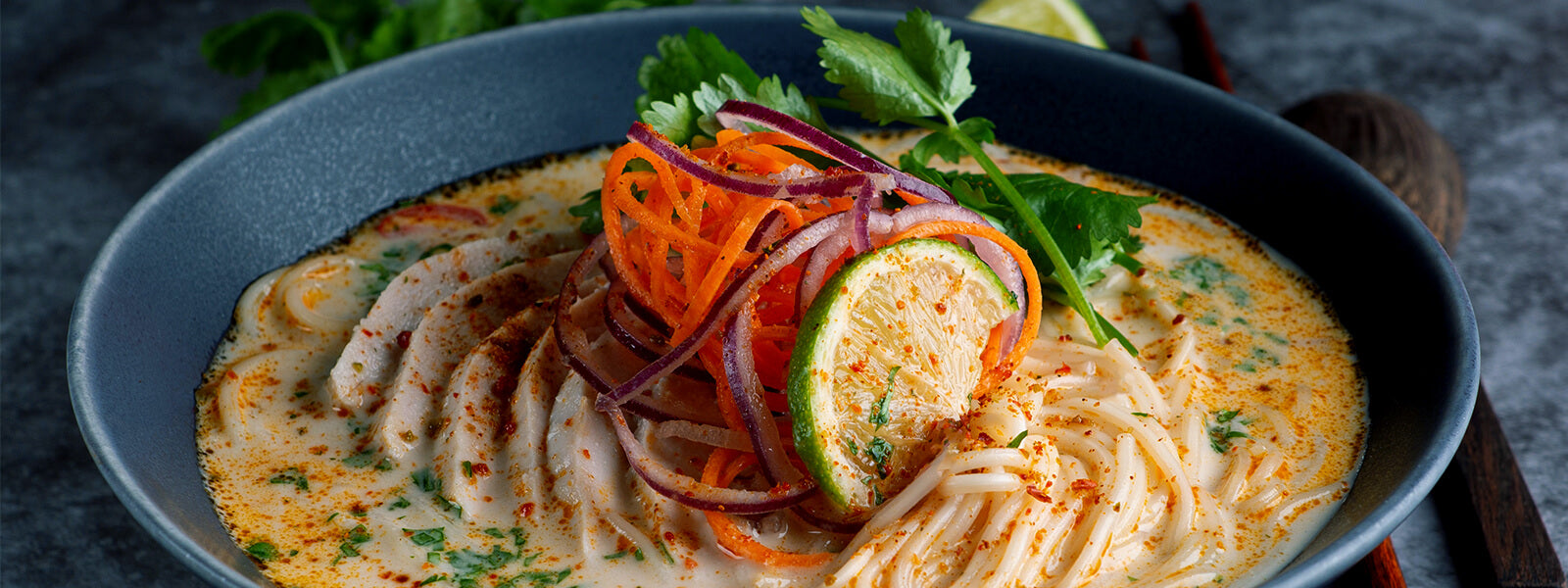
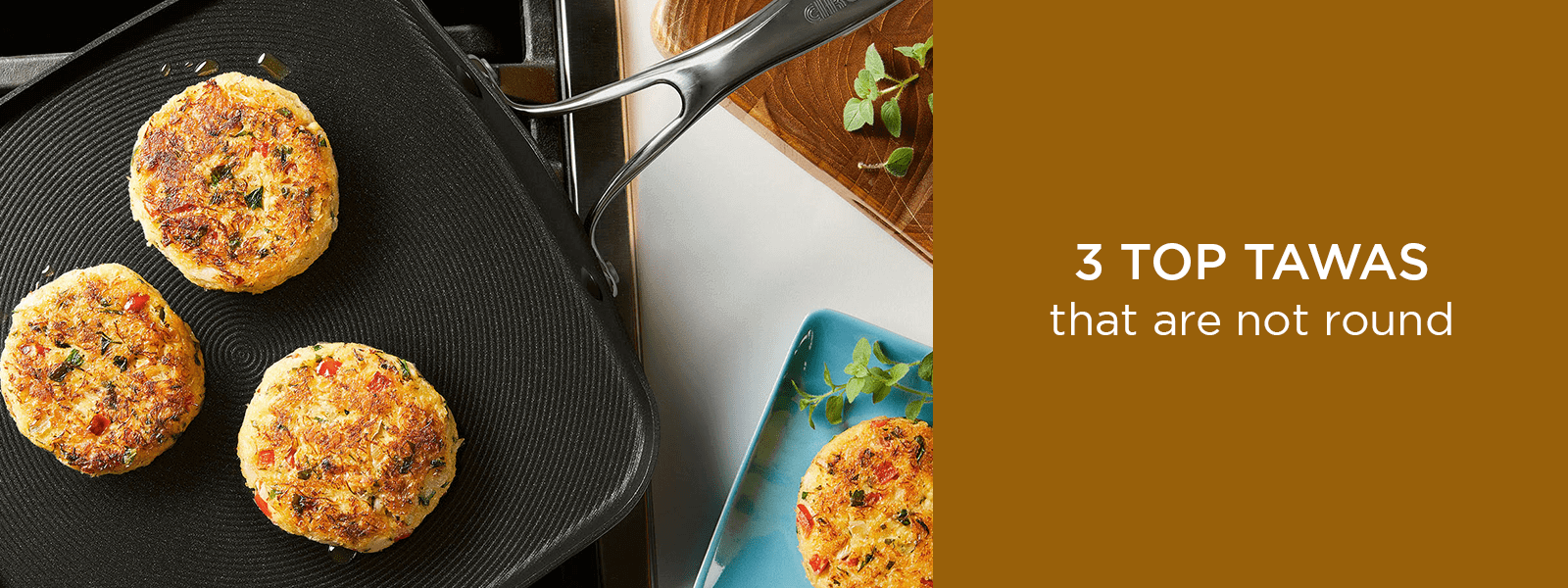
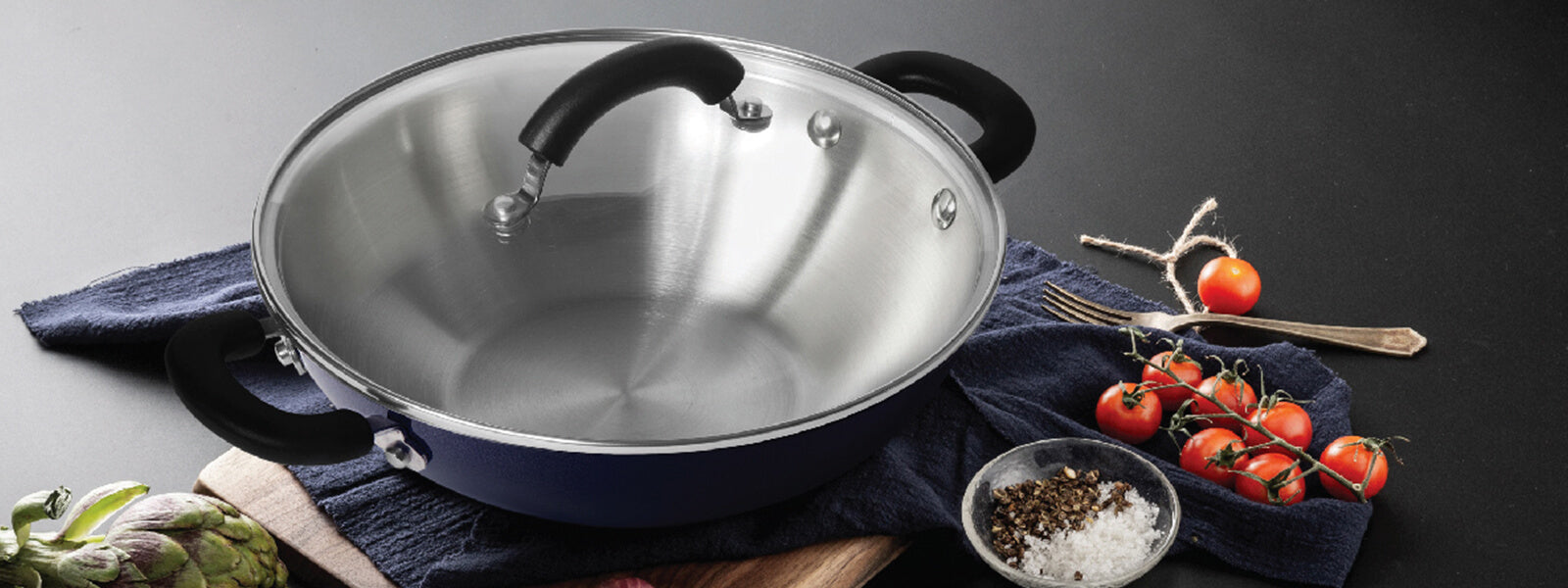
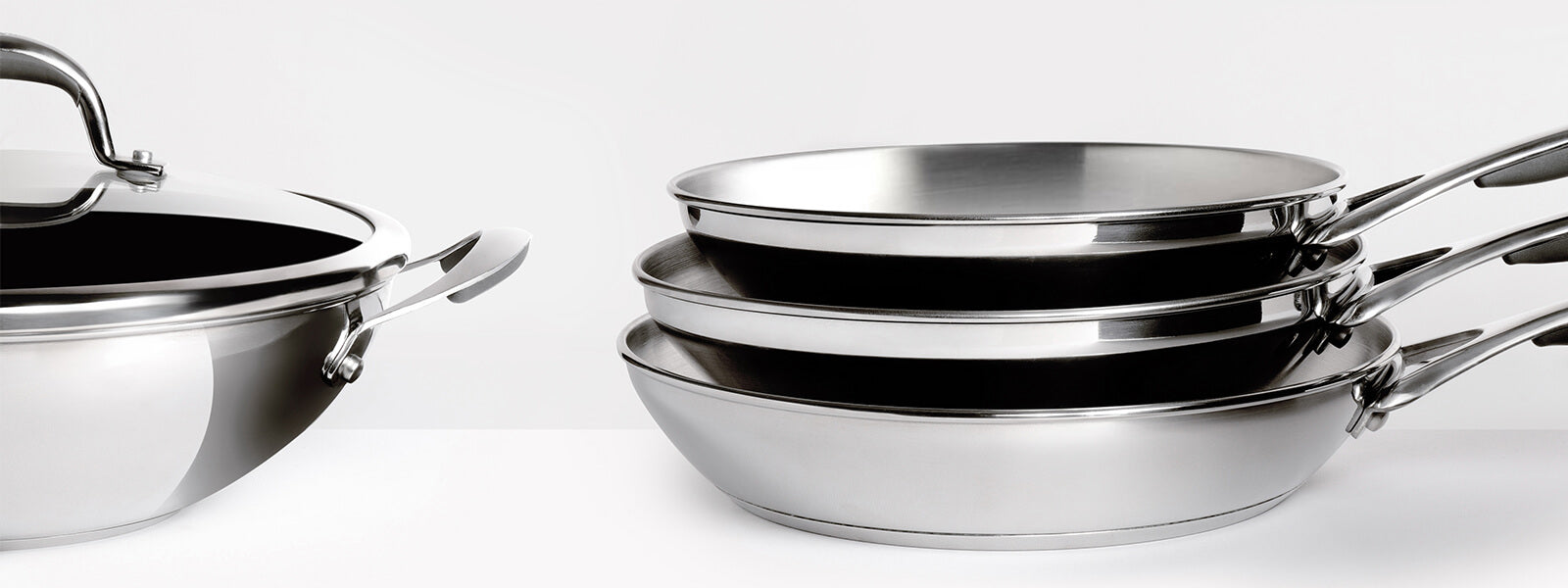
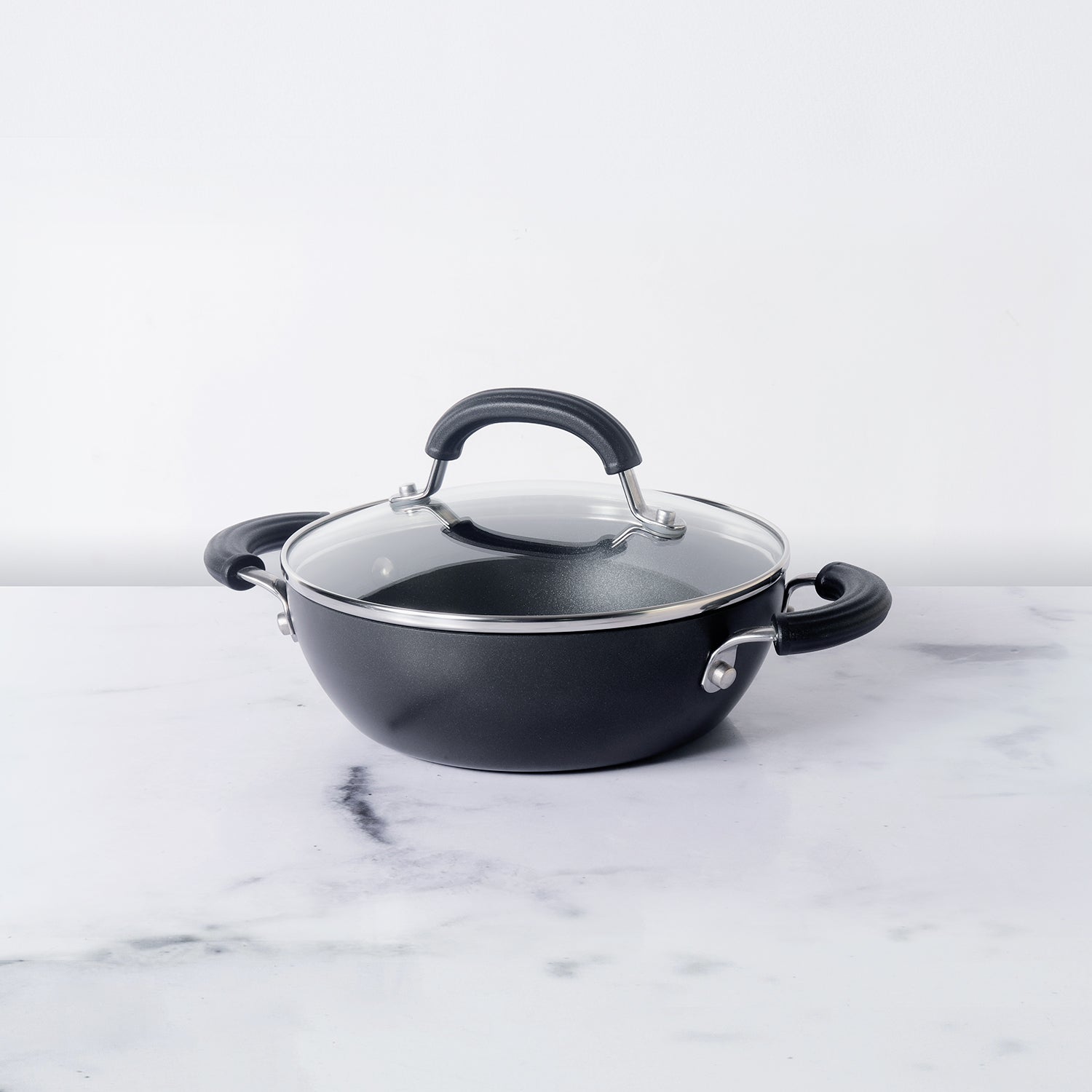




Leave a comment